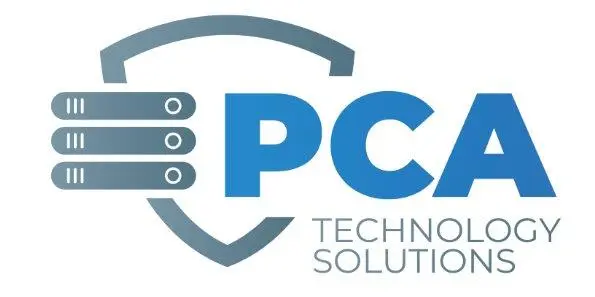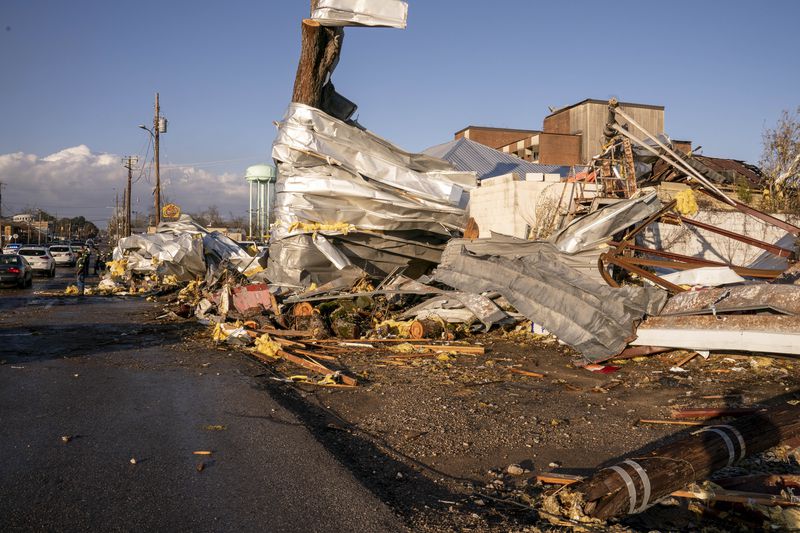When Disaster Strikes, What’s Your Backup Plan?
It’s a real threat. Natural disasters, blackouts, hackers, information leaks, and other accidents can cause major disruptions that can cause major disruptions when the servers go down or backups are lost.
Many companies simply don’t survive a major disaster because they have lost their data and are unable to recover. I don’t know about you but these days I feel like almost anything could happen. What’s next?
This is where your IT Partner can save the day. The solution to this catastrophic situation is a Business Continuity and Disaster Recovery (BCDR) plan. A BCDR Plan is an essential component to a company’s risk management strategy. A BCDR Plan essentially plans the actions a company will take to maintain critical business operations during a disruption and how to restore IT systems and data after a disastrous event.
Business Continuity
BC generally refers to the processes and procedures an organization must implement to ensure that mission-critical functions can continue during and after a disaster. This area involves more comprehensive planning geared toward long-term challenges to an organization’s success.
Disaster Recovery
DR is more reactive and comprises specific steps an organization must take to resume operations following an incident. Disaster recovery actions take place after the incident, and response times can range from seconds to days.
Your BDCR should:
1. Guarantee that applications will be recovered within a specific amount of time.
2. Determine a recovery time objective (RTO) to establish how long it will take to get back up and running when disaster strikes.
3. Set a recovery point objective (RPO) to determine how many points in time there will be copies in the backup system.
The U.S. Department of Homeland Security details their suggestions for how and why businesses should create their own backup continuity and disaster recovery plans on the Ready.gov website.
Do you have a Business Continuity and Disaster Recovery Plan?
Not all companies have a Business Continuity and Disaster Recovery Plan for a few reasons. The main ones are a lack of resources, expertise, executive support, and insufficient tools and technology.
Overcoming obstacles like these can be difficult and besides, there’s a chance you never experience any disruptions or disasters. However, there is a very good chance that you do experience a disruption or disaster (especially these days). Companies in Selma, Alabama will be working to clean up and recover from last week’s tornados for a while to come. Hopefully, the businesses affected had backup and disaster recovery plans already in place.
While a BCDR can’t prevent a disaster or cyberattack from happening, it can greatly minimize the amount of time, data, money, and productivity lost the next time a disaster strikes.
Backup recovery should be top of mind. Your MSP or Technology Coach can make sure you have a BCDR plan in place. PCA Technology Solutions can make sure it’s done well.
Do you know your backup and recovery plan?


